I Background
Introduction
The scarcity of labels
Semi-supervised learning
Overview and contributions
Overview
Contributions
Assumptions and approaches that enable semi-supervised learning
Assumptions required for semi-supervised learning
Smoothness assumption
Cluster assumption
Low-density separation
Existence of a discoverable manifold
Classes of semi-supervised learning algorithms
Methods based on generative models
Methods based on low-density separation
Graph-based methods
Methods based on a change of representation
II Related Work
Review of Semi-Supervised Learning Literature
Semi-supervised learning before the deep learning era
Semi-supervised deep learning
Autoencoder-based approaches
Regularisation and data augmentation-based approaches
Other approaches
Semi-supervised generative adversarial networks
Generative adversarial networks
Approaches by which generative adversarial networks can be used for semi-supervised learning
Model focus: Good Semi-Supervised Learning that Requires a Bad GAN
Shannon's entropy and its relation to decision boundaries
CatGAN
Improved GAN
The Improved GAN SSL Model
BadGAN
Implications of the BadGAN model
III Analysis and experiments
Enforcing low-density separation
Approaches to low-density separation based on entropy
Synthetic experiments used in this section
Using entropy to incorporate the low-density separation assumption into our model
Taking advantage of a known prior class distribution
Generating data in low-density regions of the input space
Viewing entropy maximisation as minimising a Kullback-Leibler divergence
Theoretical evaluation of different entropy-related loss functions
Similarity of Improved GAN and CatGAN approaches
The CatGAN and Reverse KL approaches may be `forgetful'
Another approach: removing the K+1th class' constraint in the Improved GAN formulation
Summary
Experiments with alternative loss functions on synthetic datasets
Research questions and hypotheses
Which loss function formulation is best?
Can the PixelCNN++ model be replaced by some other density estimate?
Discriminator from a pre-trained generative adversarial network
Pre-trained denoising autoencoder
Do the generated examples actually contribute to feature learning?
Is VAT or InfoReg really complementary to BadGAN?
Experiments
PI-MNIST-100
Experimental setup
Effectiveness of different proxies for entropy
Potential for replacing PixelCNN++ model with a DAE or discriminator from a GAN
Extent to which generated images contribute to feature learning
Complementarity of VAT and BadGAN
SVHN-1k
Experimental setup
Effectiveness of different proxies for entropy
Potential for replacing PixelCNN++ model with a DAE or discriminator from a GAN
Hypotheses as to why our BadGAN implementation does not perform well on SVHN-1k
Experiments summary
Conclusions, practical recommendations and suggestions for future work
IV Appendices
Information regularisation for neural networks
Derivation
Intuition and experiments on synthetic datasets
FastInfoReg: overcoming InfoReg's speed issues
Performance on PI-MNIST-100
Viewing entropy minimisation as a KL divergence minimisation problem
References

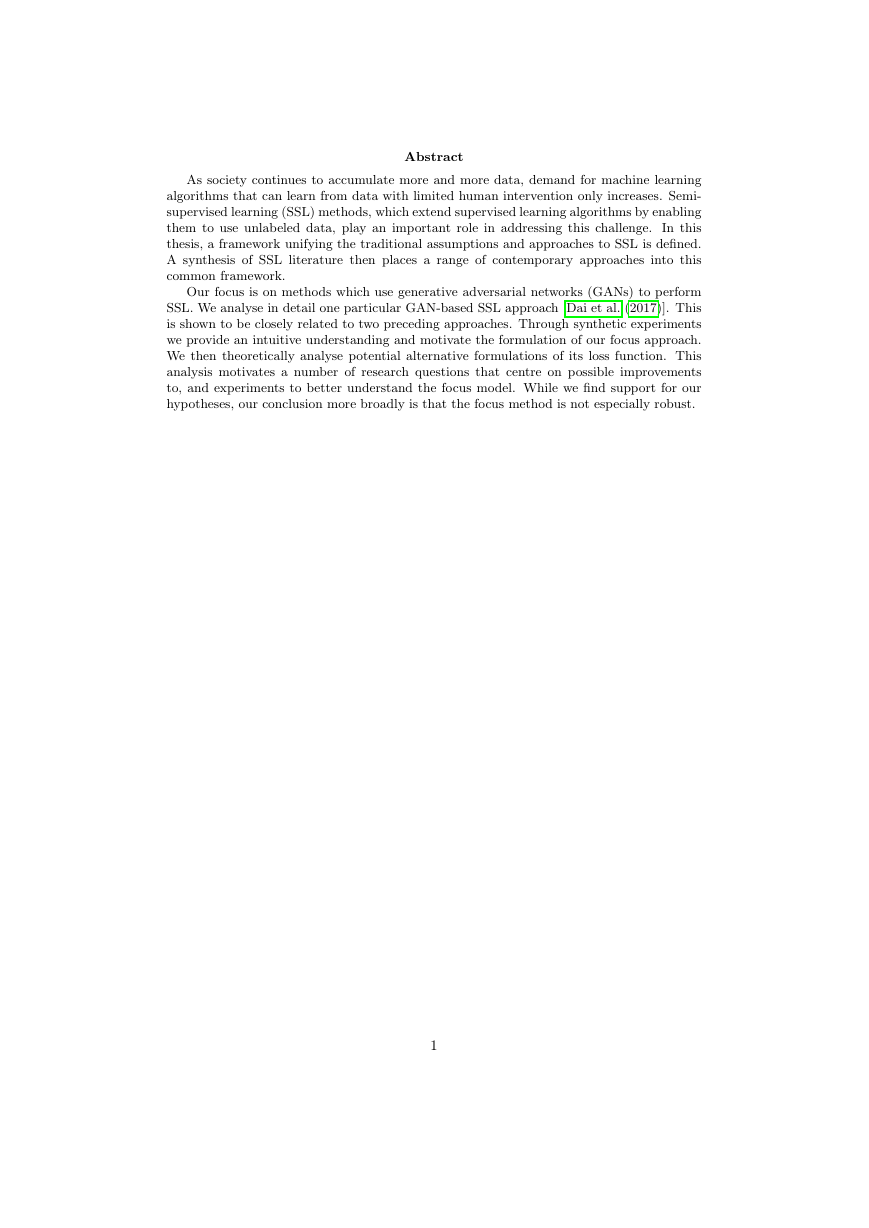

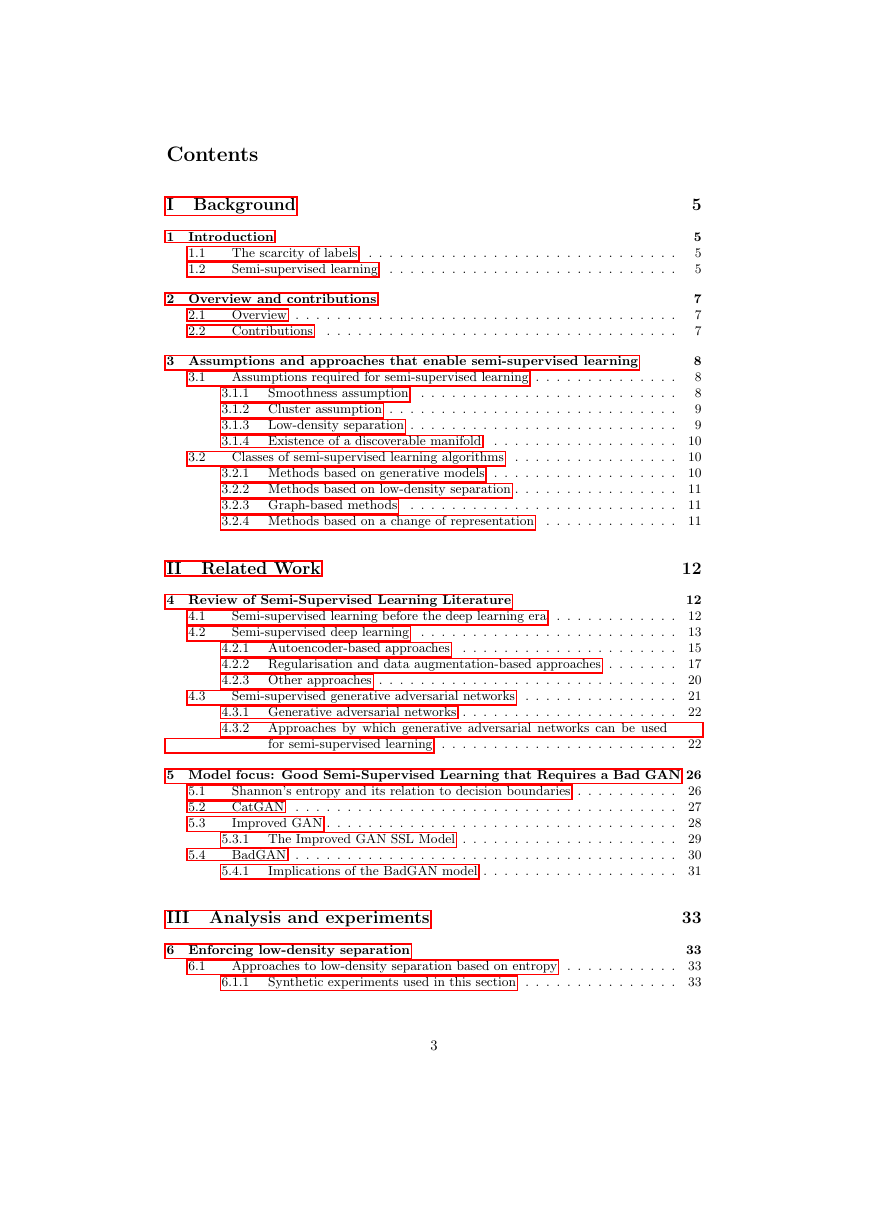
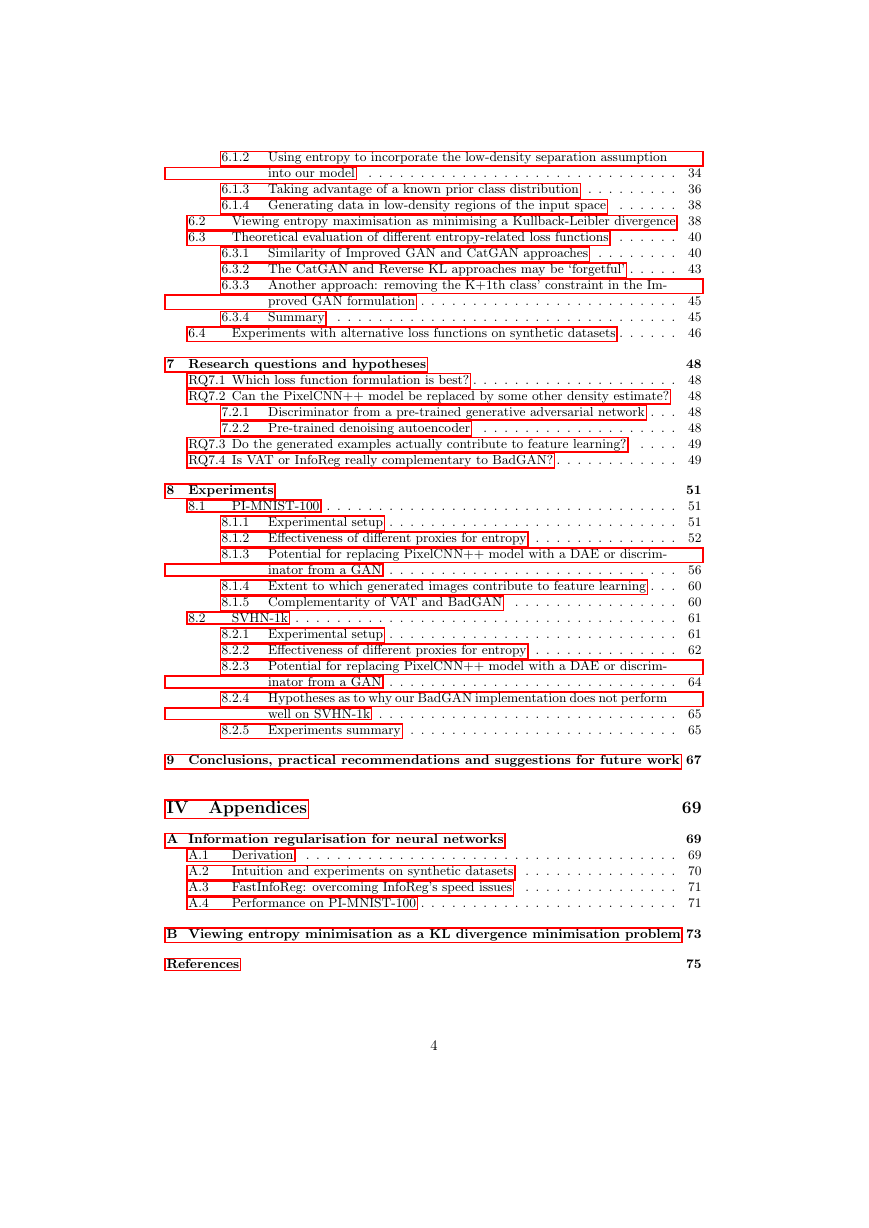
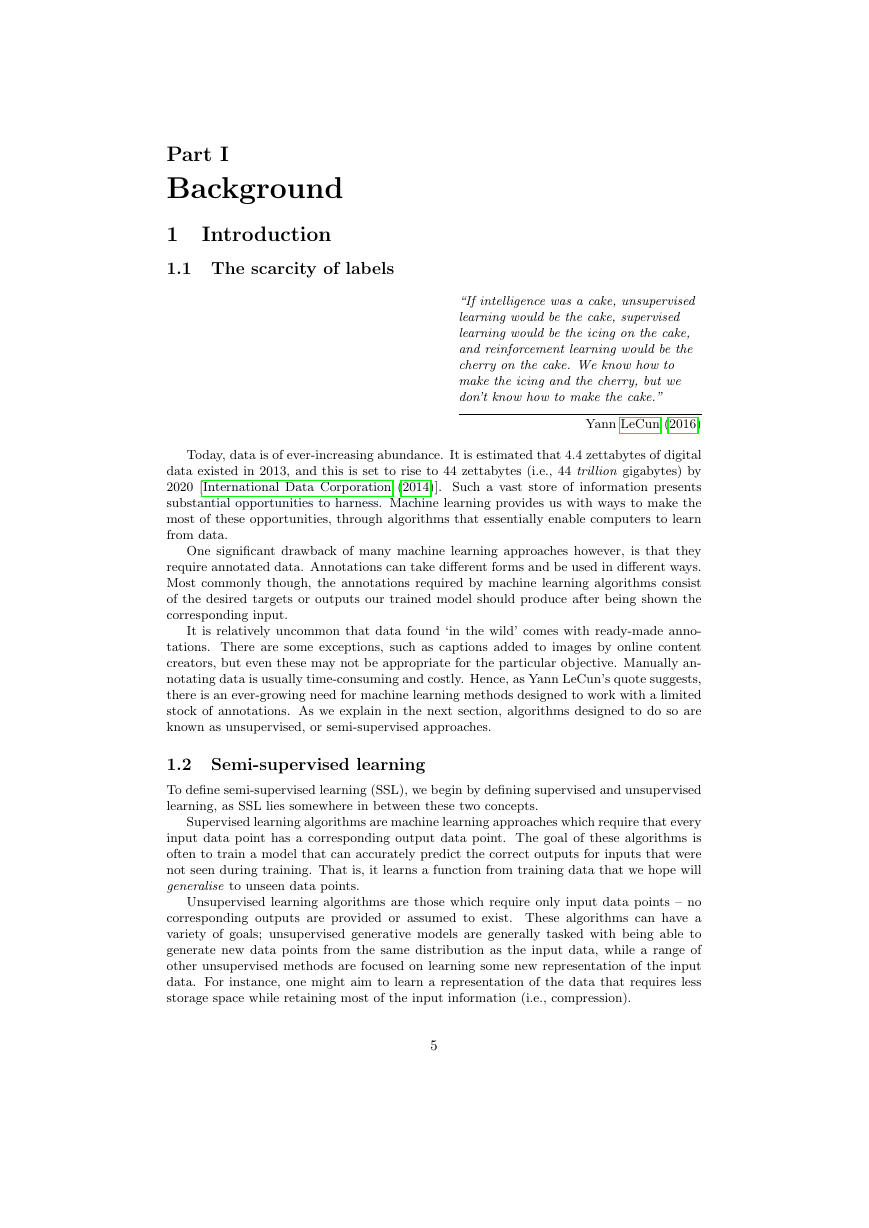

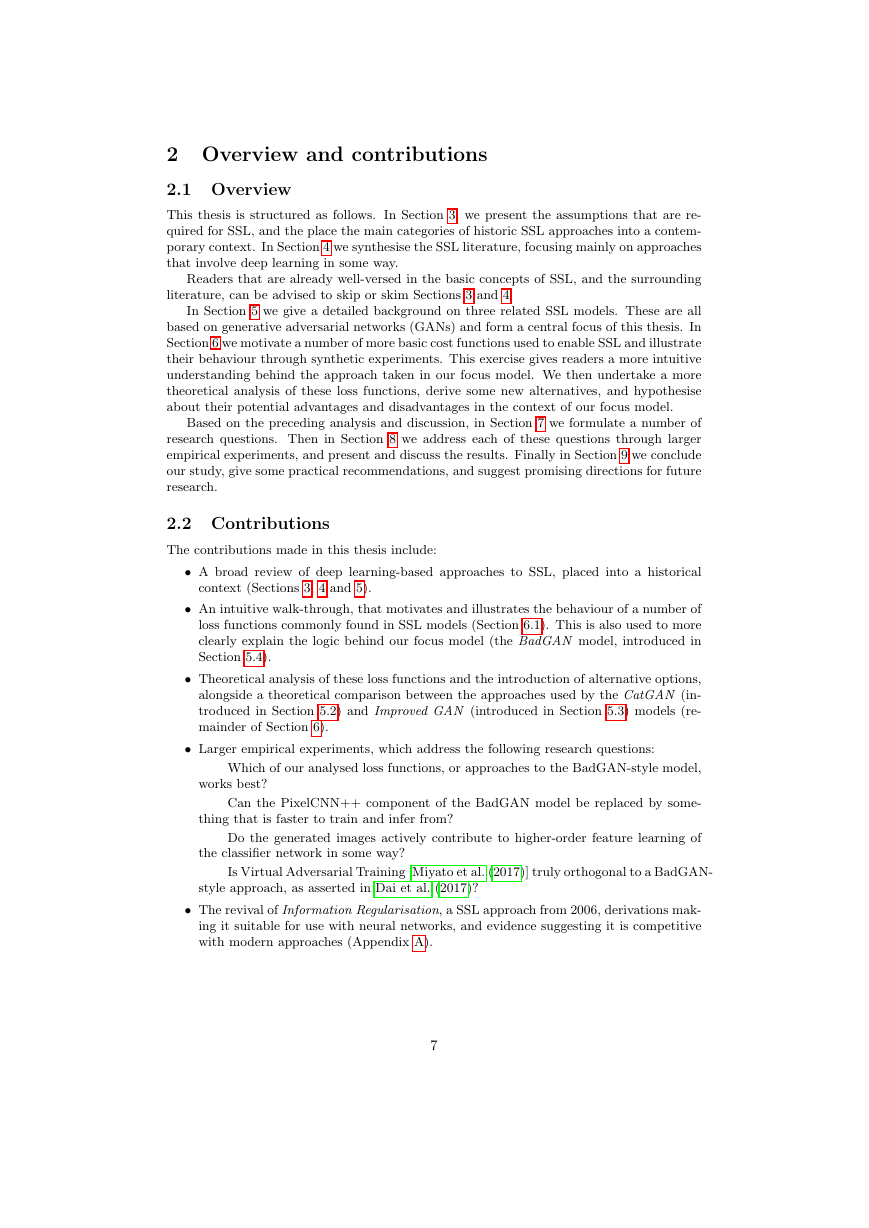








 2023年江西萍乡中考道德与法治真题及答案.doc
2023年江西萍乡中考道德与法治真题及答案.doc 2012年重庆南川中考生物真题及答案.doc
2012年重庆南川中考生物真题及答案.doc 2013年江西师范大学地理学综合及文艺理论基础考研真题.doc
2013年江西师范大学地理学综合及文艺理论基础考研真题.doc 2020年四川甘孜小升初语文真题及答案I卷.doc
2020年四川甘孜小升初语文真题及答案I卷.doc 2020年注册岩土工程师专业基础考试真题及答案.doc
2020年注册岩土工程师专业基础考试真题及答案.doc 2023-2024学年福建省厦门市九年级上学期数学月考试题及答案.doc
2023-2024学年福建省厦门市九年级上学期数学月考试题及答案.doc 2021-2022学年辽宁省沈阳市大东区九年级上学期语文期末试题及答案.doc
2021-2022学年辽宁省沈阳市大东区九年级上学期语文期末试题及答案.doc 2022-2023学年北京东城区初三第一学期物理期末试卷及答案.doc
2022-2023学年北京东城区初三第一学期物理期末试卷及答案.doc 2018上半年江西教师资格初中地理学科知识与教学能力真题及答案.doc
2018上半年江西教师资格初中地理学科知识与教学能力真题及答案.doc 2012年河北国家公务员申论考试真题及答案-省级.doc
2012年河北国家公务员申论考试真题及答案-省级.doc 2020-2021学年江苏省扬州市江都区邵樊片九年级上学期数学第一次质量检测试题及答案.doc
2020-2021学年江苏省扬州市江都区邵樊片九年级上学期数学第一次质量检测试题及答案.doc 2022下半年黑龙江教师资格证中学综合素质真题及答案.doc
2022下半年黑龙江教师资格证中学综合素质真题及答案.doc